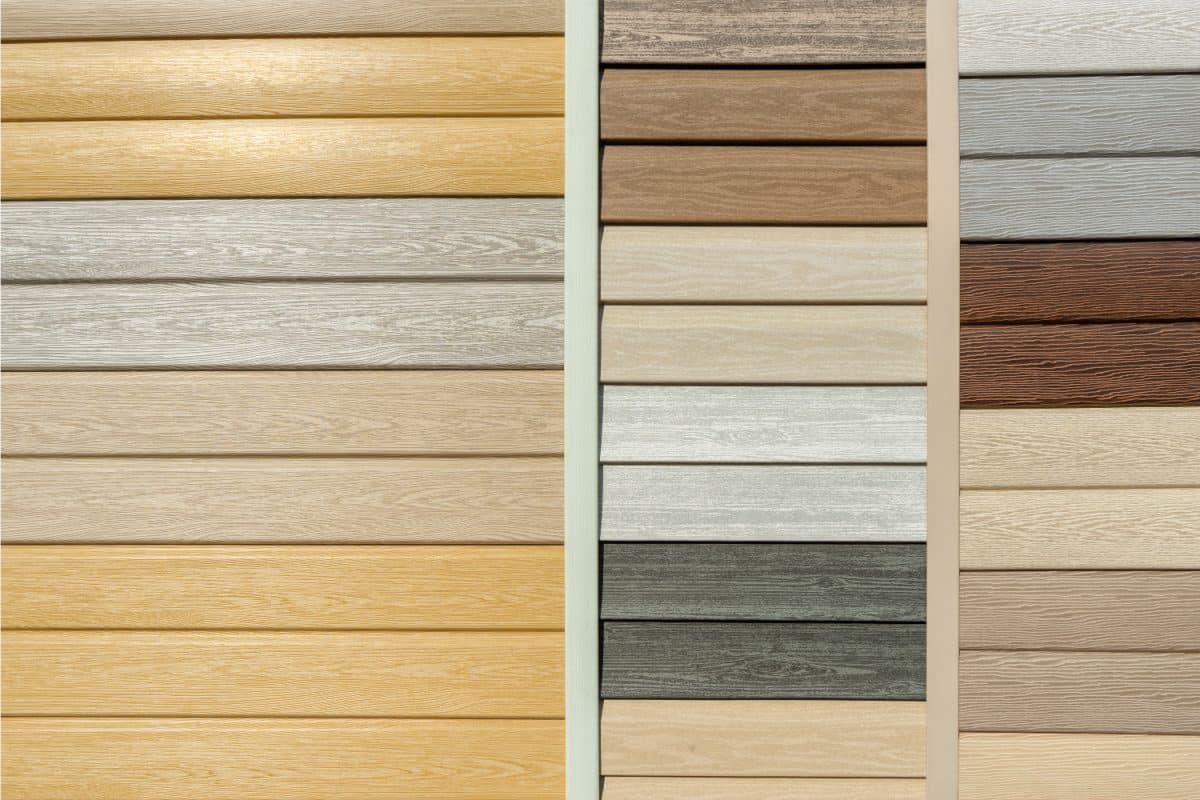

Articles
How Thick Is Vinyl Siding
Modified: October 20, 2024
Discover the thickness of vinyl siding through our informative articles. Gain valuable insights and make confident decisions for your home improvement projects.
(Many of the links in this article redirect to a specific reviewed product. Your purchase of these products through affiliate links helps to generate commission for Storables.com, at no extra cost. Learn more)
Introduction
Welcome to our comprehensive guide on vinyl siding thickness. If you are considering installing vinyl siding on your home, it is essential to understand the significance of thickness and how it can impact the overall quality and durability of your siding. In this article, we will delve into the world of vinyl siding to explore its different thickness options, the factors influencing thickness choices, and the advantages and disadvantages of various thicknesses. Whether you are a homeowner, a contractor, or simply curious about vinyl siding, this article will provide you with valuable insights to help you make informed decisions.
Vinyl siding is a popular choice among homeowners due to its affordability, versatility, and low maintenance requirements. It is made from a durable, weather-resistant PVC (polyvinyl chloride) material and is designed to mimic the look of traditional wood siding. One crucial aspect to consider when selecting vinyl siding is the thickness of the material. The thickness directly affects the strength, insulation properties, and overall lifespan of the siding.
Key Takeaways:
- Thicker vinyl siding offers enhanced strength, durability, and insulation, making it ideal for areas with extreme weather conditions. However, thinner options are cost-effective and suitable for moderate climates or tighter budgets.
- When choosing the right thickness of vinyl siding, consider factors such as climate, budget, energy efficiency, structural support, and aesthetic preferences. Balancing these considerations will ensure optimal protection, insulation, and visual appeal for your home.
Read more: How Thick Is Hardie Siding
What is Vinyl Siding?
Vinyl siding is an exterior cladding material used to protect and enhance the appearance of residential and commercial buildings. It is made from polyvinyl chloride (PVC) resin, combined with various additives to enhance its durability, flexibility, and resistance to the elements.
The primary purpose of vinyl siding is to provide a protective barrier against the elements, including rain, wind, and sunlight. It helps to prevent moisture penetration, which can lead to rot, mold, and other damage to the underlying structure of the building. Additionally, vinyl siding acts as an insulator, improving energy efficiency by reducing heat transfer through the walls.
Vinyl siding comes in a variety of styles, textures, and colors, allowing homeowners to achieve their desired aesthetic for their homes. It can mimic the appearance of traditional wood siding, without the need for regular maintenance and repainting.
Compared to other siding materials, vinyl siding offers several advantages. It is cost-effective, easy to install, and requires minimal upkeep. Unlike wood siding, vinyl siding does not rot, warp, or attract pests. It is also resistant to fading, cracking, and peeling, ensuring long-term durability and a vibrant appearance.
In addition to its functional benefits, vinyl siding is an environmentally friendly option. It is highly recyclable, and many manufacturers produce vinyl siding using recycled materials. Vinyl siding also has a longer lifespan compared to other siding materials, reducing the need for frequent replacements and minimizing waste.
Overall, vinyl siding is a versatile and practical choice for homeowners and commercial property owners alike. Its affordability, low maintenance requirements, durability, and aesthetic appeal have made it a popular option in the construction industry.
Importance of Thickness
The thickness of vinyl siding plays a crucial role in determining its strength, durability, and performance. While thinner siding may be more affordable, thicker siding offers numerous benefits that make it worth considering.
Strength and Durability: Thicker vinyl siding is inherently stronger and more resistant to impact and external damage. It can withstand harsh weather conditions, such as strong winds and hail, without denting or cracking. Thicker siding is also less likely to warp or bow over time, ensuring a long-lasting and visually appealing exterior for your home.
Insulation: The thickness of vinyl siding contributes to its insulation properties. Thicker siding provides better thermal insulation by reducing heat transfer between the interior and exterior of your home. This can result in energy savings and increased comfort, especially during extreme weather conditions.
Soundproofing: In addition to thermal insulation, thicker vinyl siding can also help reduce noise transmission. It acts as a barrier, absorbing and deflecting external sounds, creating a quieter living environment inside your home.
Aesthetic Appeal: Thicker vinyl siding tends to have a more substantial and premium appearance compared to thinner options. It can provide enhanced depth and texture to the exterior of your home, creating a visually appealing façade that adds value and curb appeal.
Lifespan: Thicker vinyl siding typically has a longer lifespan than thinner options. Thicker siding is less prone to fading, cracking, and deterioration caused by exposure to UV rays, extreme temperatures, and moisture. Investing in thicker siding can save you money in the long run by minimizing the need for frequent repairs or replacements.
While thicker vinyl siding offers multiple advantages, it is essential to consider your specific requirements and budget. Thicker siding may be more expensive upfront, but the long-term benefits and durability make it a worthwhile investment for many homeowners.
Factors Affecting Vinyl Siding Thickness
Several factors influence the choice of vinyl siding thickness for a particular project. Understanding these factors is important to ensure you select the appropriate thickness that meets your needs and preferences. Here are some key considerations:
Climate: The climate in which your home is located plays a significant role in determining the ideal thickness of vinyl siding. In regions with extreme weather conditions, such as areas prone to high winds, heavy rainfall, or intense sunlight, thicker siding is recommended for improved durability and weather resistance.
Building Codes: Local building codes and regulations may stipulate specific requirements for vinyl siding thickness. It is essential to check with your local authorities or consult with a professional contractor to ensure compliance with these guidelines.
Structural Support: The condition and strength of the underlying structure of your home may influence the recommended thickness of vinyl siding. If your home has weak structural support, thicker siding may be necessary to provide additional reinforcement and support.
Design Preference: Your personal design preference and aesthetic goals can also impact the choice of vinyl siding thickness. Thicker siding may offer a more substantial and high-end look, while thinner siding can provide a sleeker and more modern appearance. Consider the architectural style of your home and the overall desired visual effect when making your decision.
Budget: The cost of vinyl siding increases as the thickness increases. Thicker siding is generally more expensive than thinner options due to the additional material required. It is essential to establish a budget and determine the level of investment you are willing to make for your vinyl siding project.
Energy Efficiency: If energy efficiency is a priority for you, consider the insulation properties of the vinyl siding. Thicker siding typically offers better insulation, reducing heat transfer and potentially lowering your energy bills. However, keep in mind that additional insulation measures, such as the use of insulation panels or house wraps, may still be necessary for optimal energy efficiency.
Manufacturer Recommendations: Different vinyl siding manufacturers may offer specific recommendations regarding the appropriate thickness for their products. It is advisable to consult the manufacturer’s guidelines and specifications to ensure you choose the right thickness for your specific vinyl siding product.
By considering these factors, you can make an informed decision regarding the ideal thickness of vinyl siding for your home. Consult with professionals, such as contractors or siding experts, for guidance and expert advice to ensure that your chosen thickness meets your requirements and aligns with your project goals.
When measuring vinyl siding thickness, it’s important to consider the gauge, which typically ranges from .035 to .055 inches. Thicker gauges offer better durability and impact resistance.
Common Thickness Options
Vinyl siding is available in a range of thickness options to accommodate different preferences and needs. Here are some of the common thickness options you may come across:
- 0.035″ (Standard Duty): This is the most common and economical thickness option. It provides basic protection against the elements and is suitable for moderate climates with less extreme weather conditions.
- 0.040″ (Builders Grade): Builders grade vinyl siding offers slightly thicker panels for increased durability and resistance to impact. It provides better protection against hail, wind, and other external forces and is often used in residential and commercial construction projects.
- 0.042″ – 0.044″ (Mid-Grade): Mid-grade vinyl siding offers improved strength and durability compared to standard duty options. It provides enhanced protection against harsh weather conditions and is suitable for areas with moderate climate variations.
- 0.046″ – 0.048″ (Heavy Duty): Heavy-duty vinyl siding is more robust and sturdy, designed to withstand severe weather conditions, including high winds and hail. This thickness option offers enhanced impact resistance and long-lasting performance.
- 0.050″ and above (Super Duty or Insulated): Super-duty vinyl siding is the thickest and most durable option available. It provides superior insulation properties, increased impact resistance, and exceptional longevity. This thickness option is typically used in areas with extreme climates or for homeowners seeking optimal insulation benefits.
It is important to note that while these thickness options are commonly available, the actual thickness may vary slightly between different manufacturers. It is recommended to check the specific thickness and specifications provided by the manufacturer to ensure accuracy and consistency.
When choosing the thickness of your vinyl siding, consider factors such as your local climate, desired level of durability, aesthetic preferences, and budget. Thicker siding generally offers better protection and longevity, but it may come at a higher cost. Balancing your needs and priorities will help you select the right thickness for your home.
Read more: How To Measure For Vinyl Siding
Pros and Cons of Different Thicknesses
When considering the thickness of vinyl siding, it is essential to weigh the pros and cons of different options to make an informed decision. Here are the advantages and disadvantages of various thicknesses:
- 0.035″ (Standard Duty):
- Pros:
- Affordable and budget-friendly option
- Easier to install
- Suitable for areas with moderate climate conditions
- Cons:
- Less impact resistance
- May not provide optimal insulation
- Less durable compared to thicker options
- 0.040″ (Builders Grade):
- Pros:
- Offers slightly better durability compared to standard duty options
- Provides increased protection against impact and wind
- Still relatively affordable
- Cons:
- May not be sufficient for areas with extreme weather conditions
- Insulation properties may be limited
- 0.042″ – 0.044″ (Mid-Grade):
- Pros:
- Offers improved strength and durability
- Better protection against weather elements
- Relatively affordable
- Cons:
- Not as impact resistant as heavier options
- May not provide optimal insulation benefits
- 0.046″ – 0.048″ (Heavy Duty):
- Pros:
- Increased impact resistance
- Superior durability for harsh weather conditions
- Offers better insulation properties
- Cons:
- More expensive compared to thinner options
- May require professional installation due to increased thickness
- 0.050″ and above (Super Duty or Insulated):
- Pros:
- Maximum durability and impact resistance
- Exceptional insulation properties for energy efficiency
- Longest lifespan
- Cons:
- The most expensive option
- Requires professional installation due to increased thickness
When choosing the thickness of your vinyl siding, carefully consider your specific needs, budget, and the climate in which your home is located. It is advisable to consult with a professional contractor or siding expert who can provide guidance based on your unique circumstances. Keep in mind that thicker siding generally offers better durability and insulation, while thinner options may be more cost-effective and easier to install.
Choosing the Right Thickness for Your Home
Choosing the right thickness of vinyl siding for your home is crucial to ensure optimal performance, durability, and overall satisfaction with your investment. Consider the following factors when making your decision:
Climate: Take into account the climate in your region. If you live in an area with extreme weather conditions, such as heavy rain, high winds, or intense sunlight, opting for thicker vinyl siding will provide added protection and durability against these elements.
Budget: Determine your budget for your siding project. Thicker vinyl siding generally comes at a higher price compared to thinner options. Consider your financial capabilities and weigh the long-term benefits against the initial cost to select the best thickness within your budget.
Energy Efficiency: If energy efficiency is a priority, consider choosing a thicker vinyl siding option. The added thickness provides enhanced insulation properties, reducing heat transfer and potentially lowering your energy consumption and bills. However, also keep in mind that additional insulation measures, such as insulation panels or house wraps, may still be necessary for optimal energy efficiency.
Structural Support: Assess the condition and strength of your home’s underlying structure. If you have weak or compromised structural support, opting for thicker vinyl siding can provide additional reinforcement and support, leading to increased stability and longevity.
Aesthetic Preference: Consider your desired visual effect and the architectural style of your home. Thicker vinyl siding generally offers a more robust and substantial appearance, while thinner options can create a sleeker and more modern look. Choose a thickness that aligns with your design preferences and enhances the overall curb appeal of your home.
Manufacturer Recommendations: Consult the recommendations and specifications provided by the vinyl siding manufacturer. Different manufacturers may have specific guidelines regarding the appropriate thickness for their products. Taking these guidelines into consideration can help you narrow down your options based on reliability and quality.
Consult with Professionals: If you are unsure about which thickness to choose, consult with professional contractors or siding experts who have experience in the field. They can assess your specific needs, evaluate the factors mentioned above, and provide personalized recommendations based on their expertise.
Remember, selecting the right thickness of vinyl siding involves balancing factors such as climate, budget, energy efficiency, structural support, and aesthetic preference. By considering these factors and seeking professional advice, you can make an informed decision and choose the appropriate thickness to enhance your home’s protection, durability, and visual appeal.
Conclusion
Choosing the right thickness of vinyl siding is an important decision that can significantly impact the performance, durability, and appearance of your home. Thicker vinyl siding offers enhanced strength, durability, and insulation properties, making it a popular choice for homeowners in areas with extreme weather conditions. However, thinner options can be cost-effective and easier to install, making them suitable for moderate climates or tighter budgets.
When determining the ideal thickness for your vinyl siding, consider factors such as climate, budget, energy efficiency, structural support, and aesthetic preferences. Evaluate the pros and cons of different thickness options to find the best fit for your specific needs.
Consulting with professionals, such as contractors or siding experts, can provide valuable guidance in navigating through the selection process. They can assess your unique circumstances and provide personalized recommendations based on their expertise and knowledge of industry best practices.
Ultimately, the right thickness of vinyl siding will provide optimal protection against the elements, enhanced insulation, and a visually appealing exterior. It will also contribute to the long-term durability and value of your home.
By considering these factors and incorporating them into your decision-making process, you can make an informed choice and select the ideal thickness of vinyl siding to meet your needs and preferences. Whether you opt for standard duty, builders grade, mid-grade, heavy-duty, or super-duty options, maintaining a balance between functionality, aesthetics, and budget will ensure the overall success of your vinyl siding project.
Investing in quality vinyl siding with the appropriate thickness will not only enhance the curb appeal of your home but also provide peace of mind knowing that your exterior is well-protected and built to last.
Frequently Asked Questions about How Thick Is Vinyl Siding
Was this page helpful?
At Storables.com, we guarantee accurate and reliable information. Our content, validated by Expert Board Contributors, is crafted following stringent Editorial Policies. We're committed to providing you with well-researched, expert-backed insights for all your informational needs.

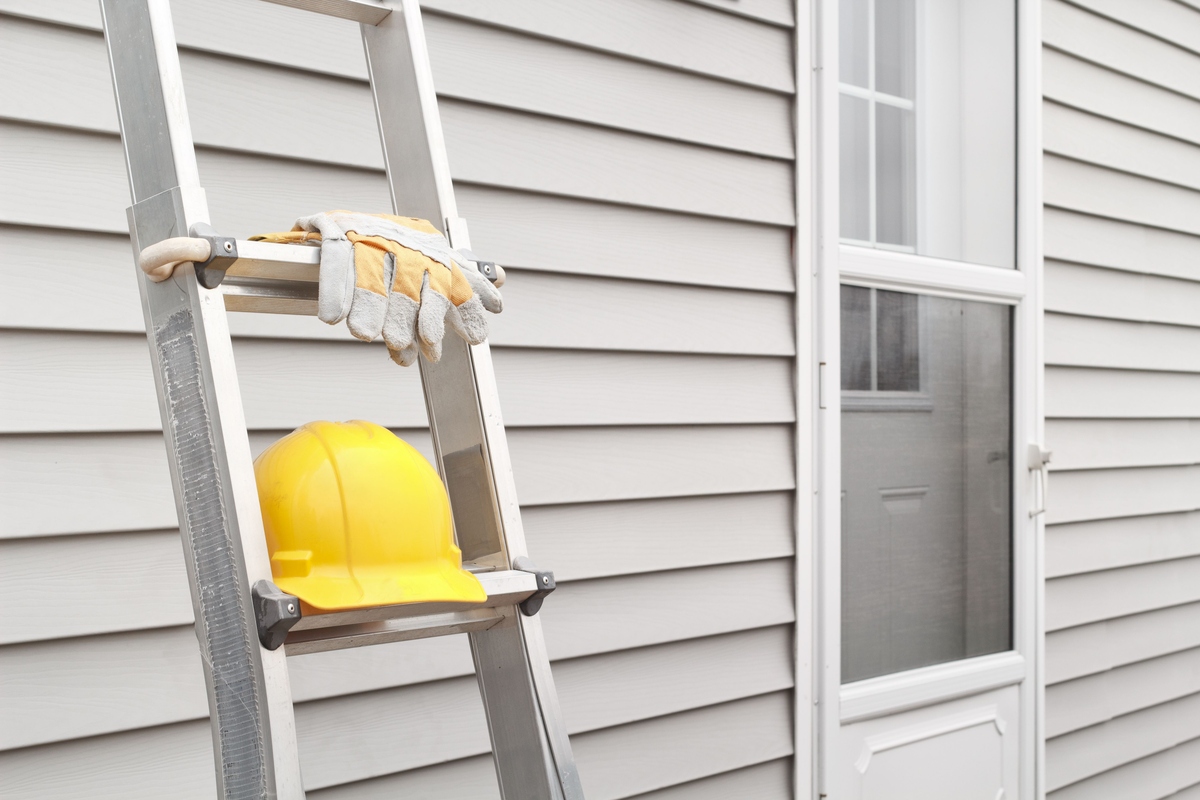
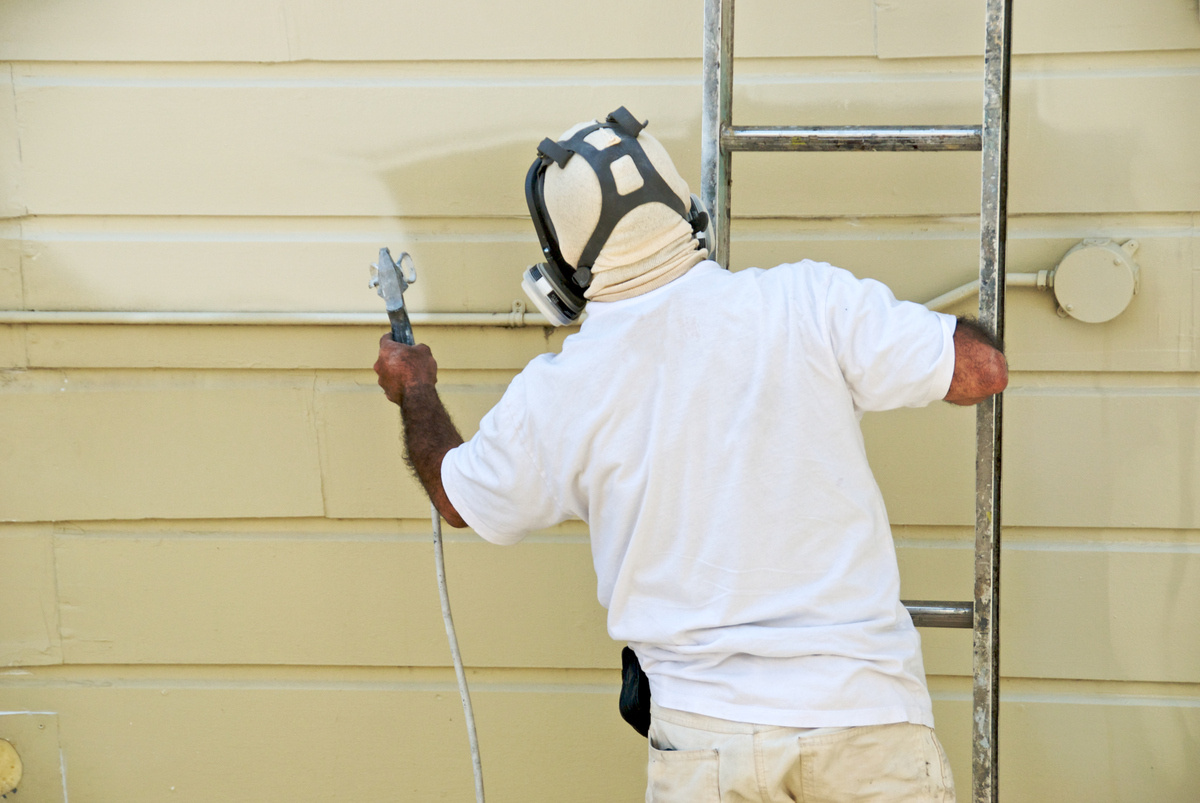
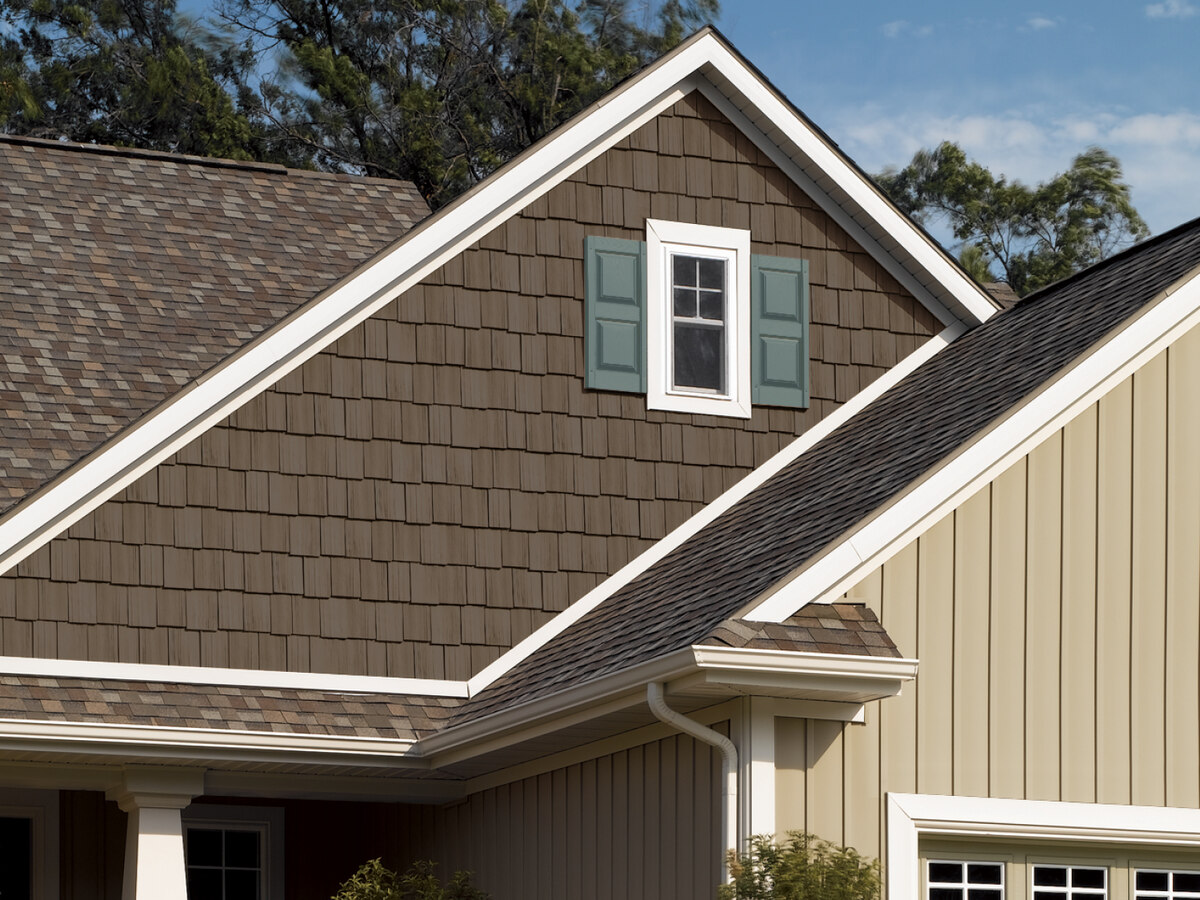
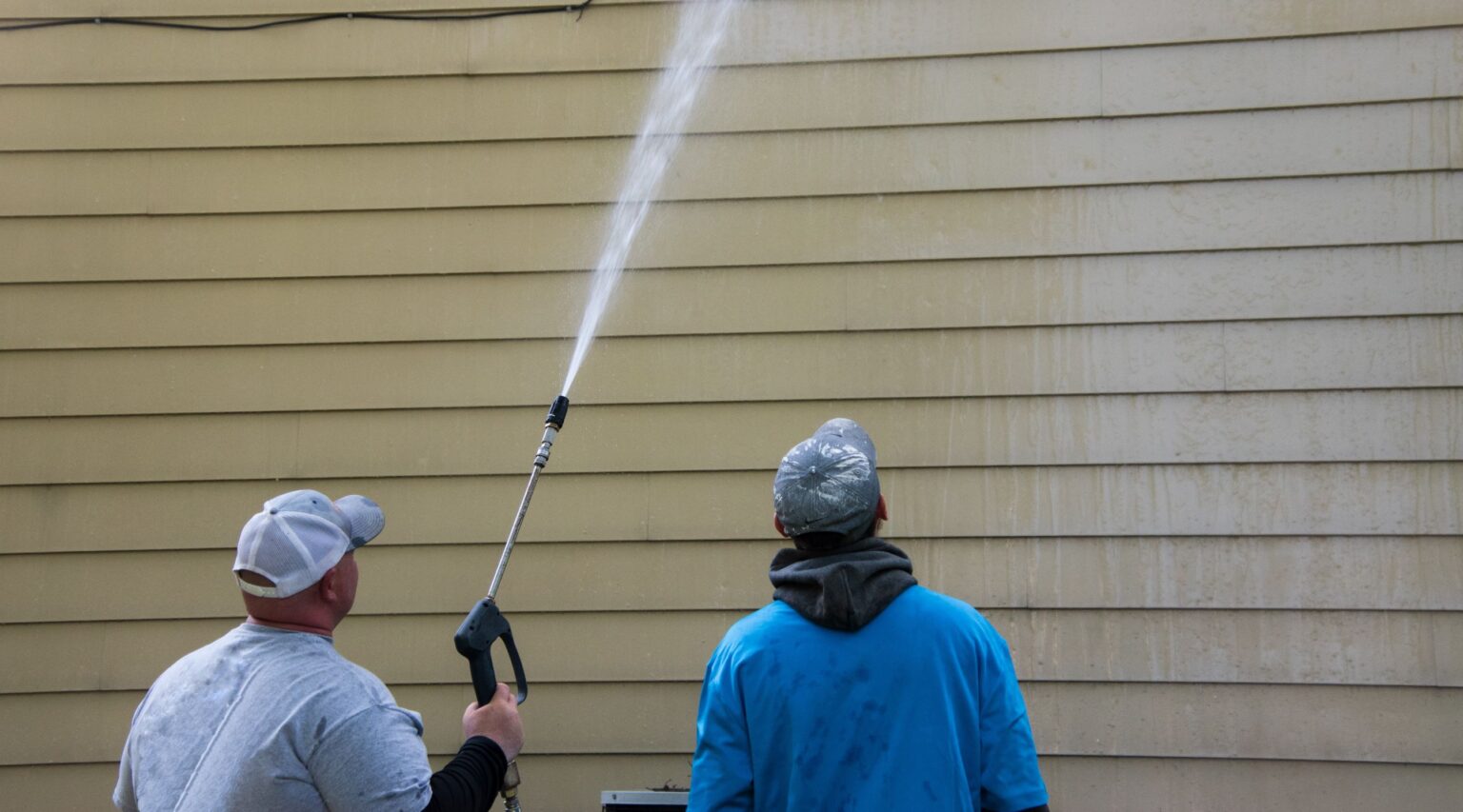
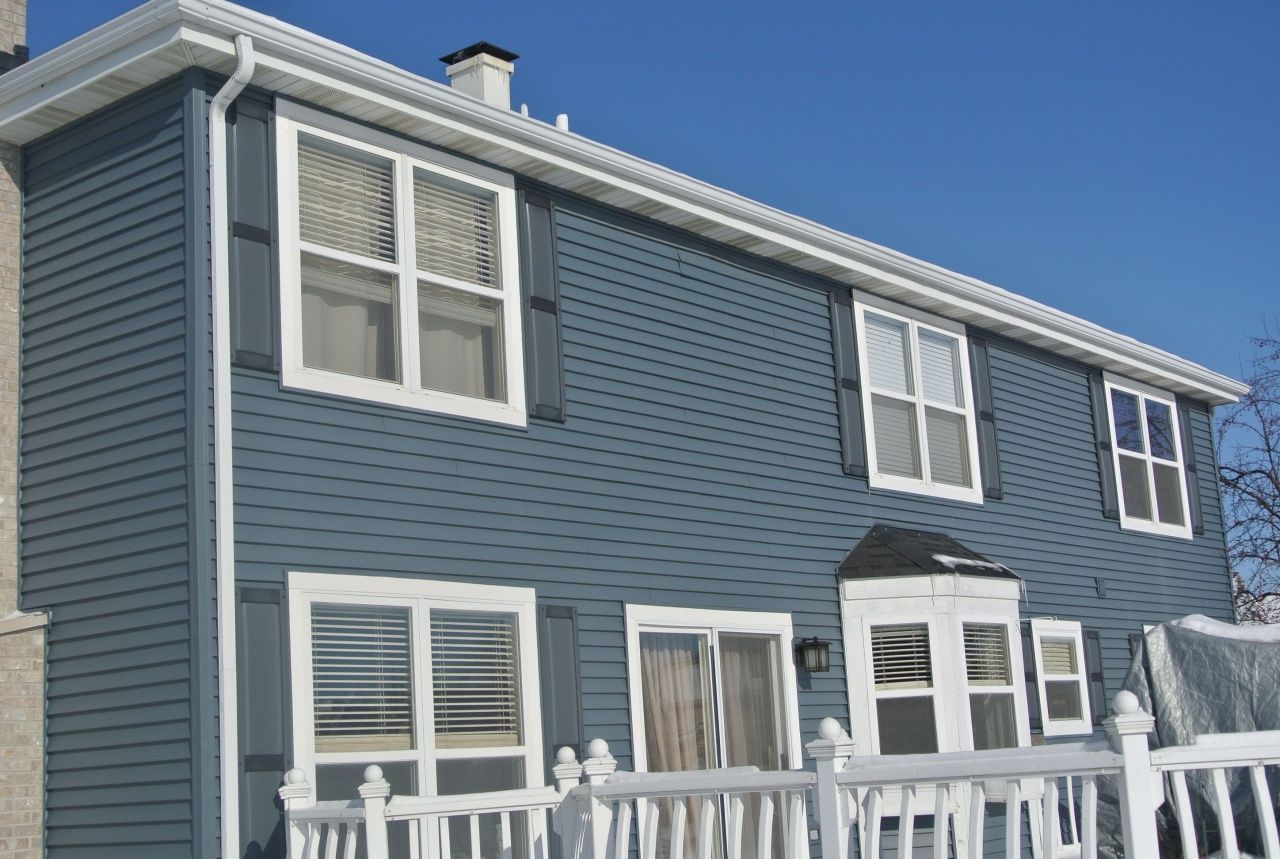
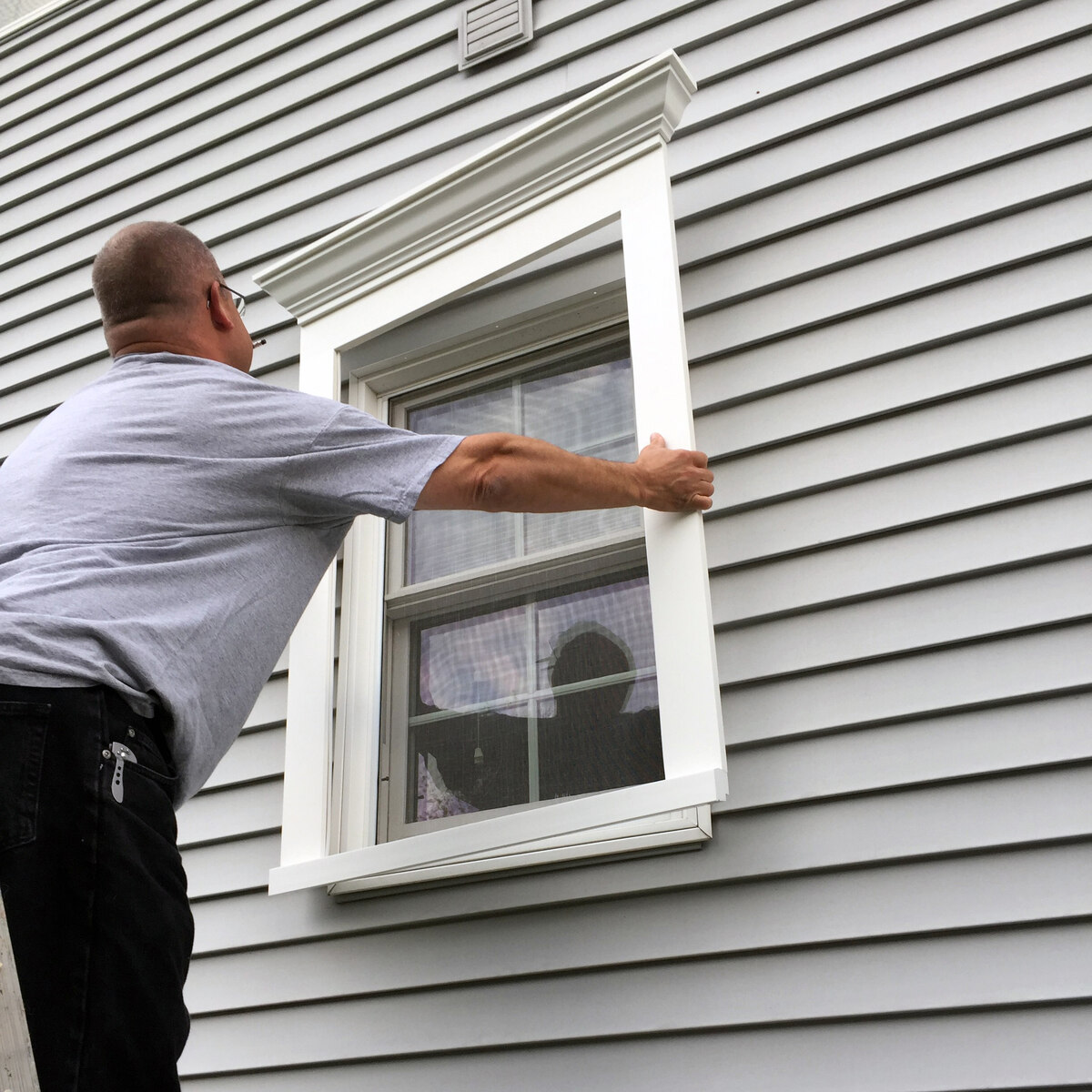
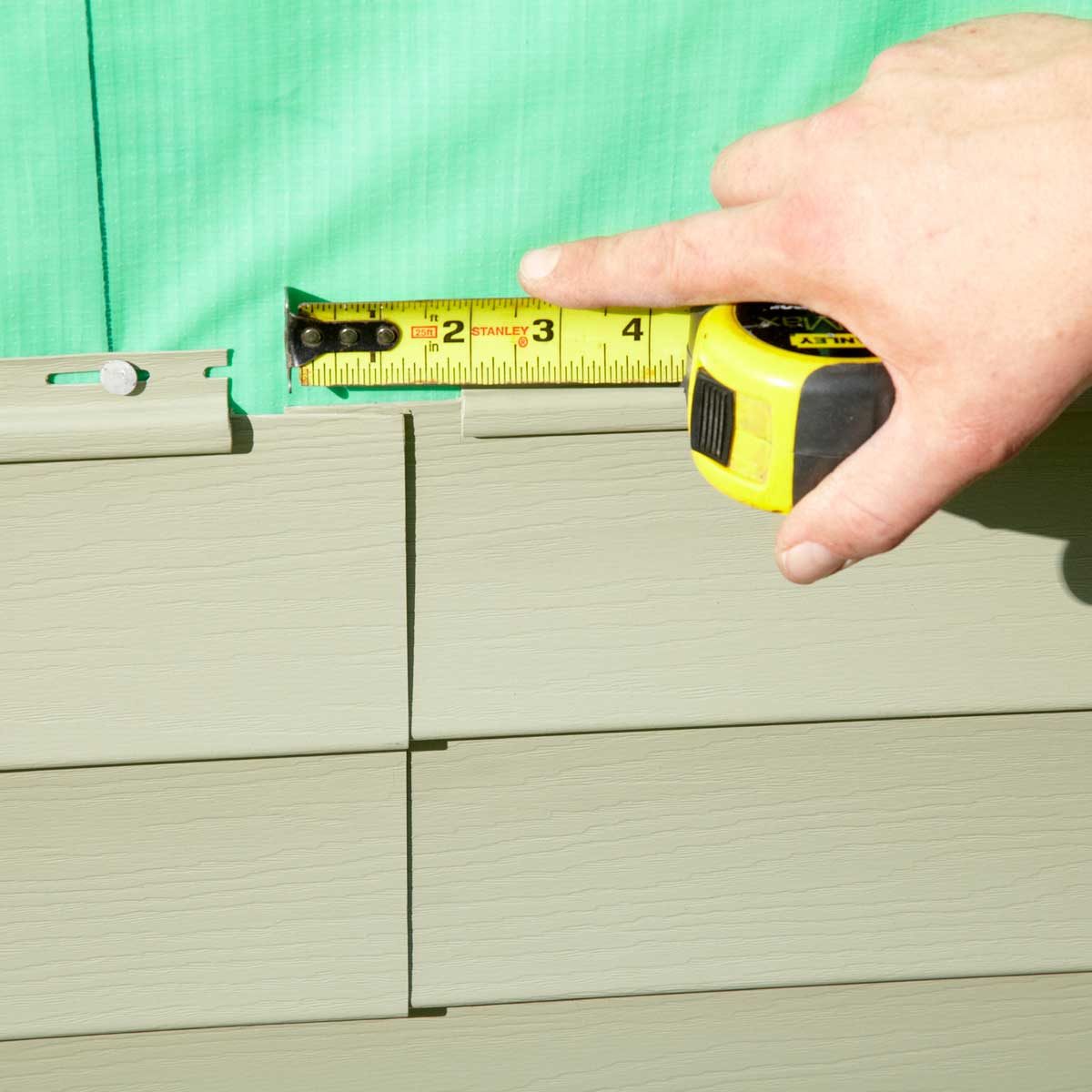
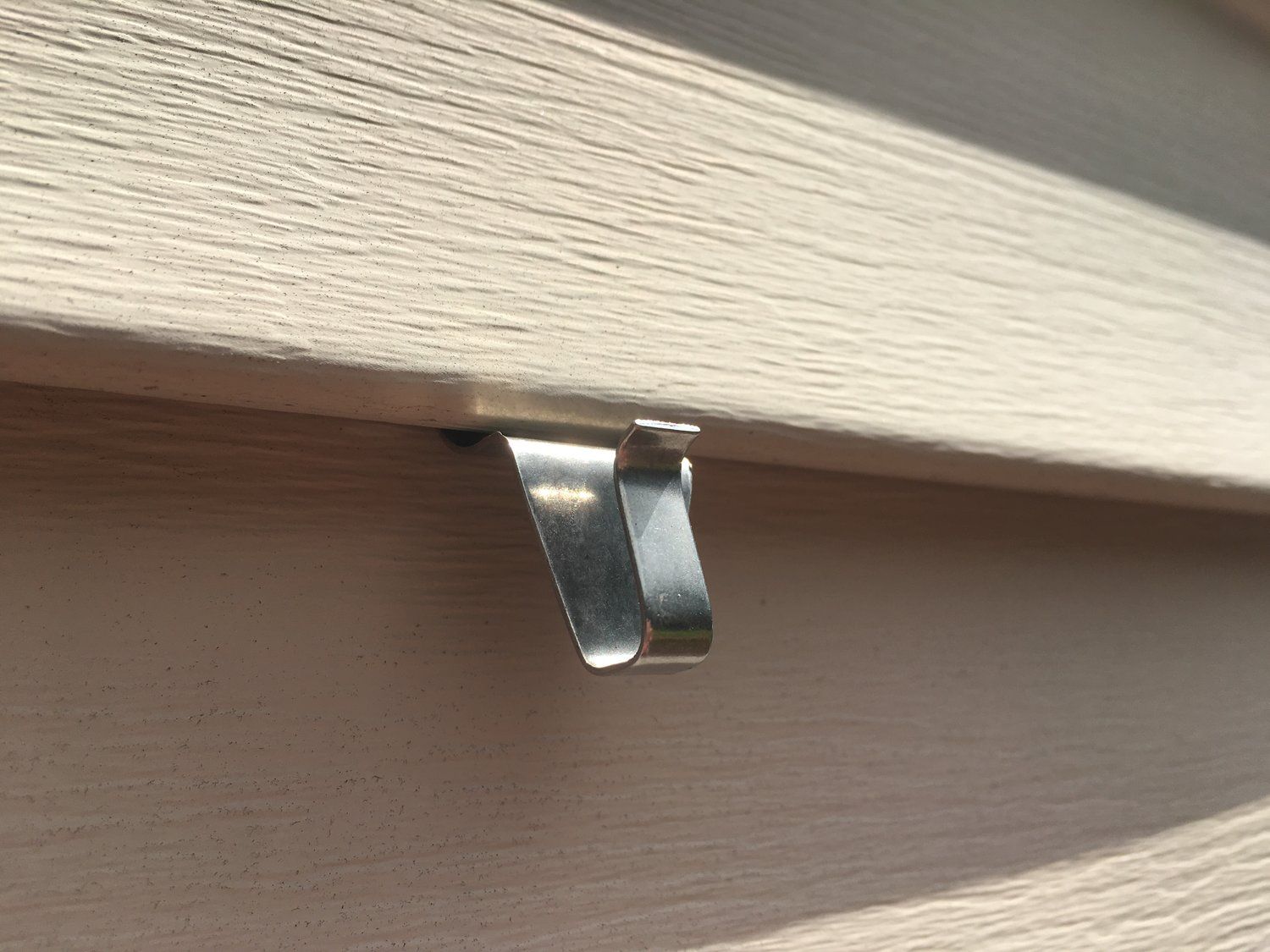
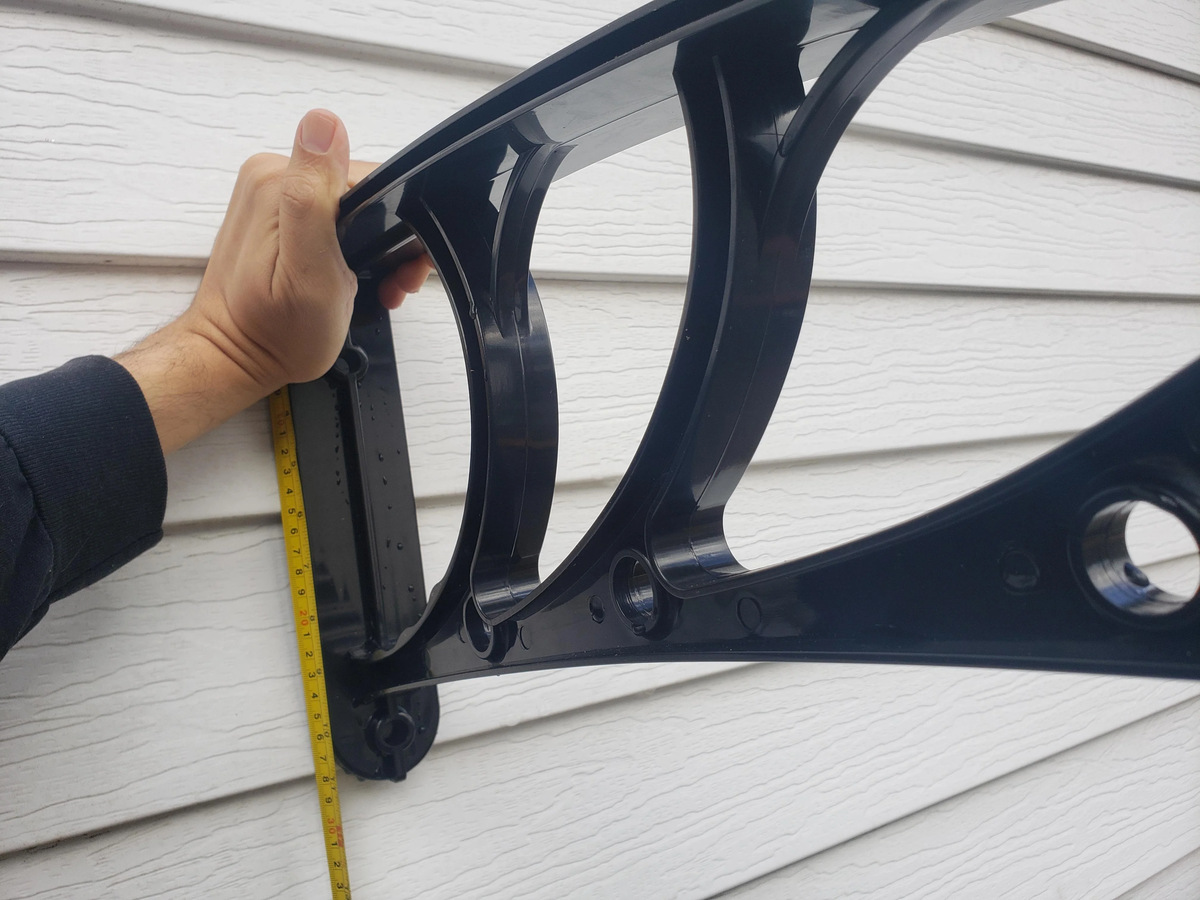
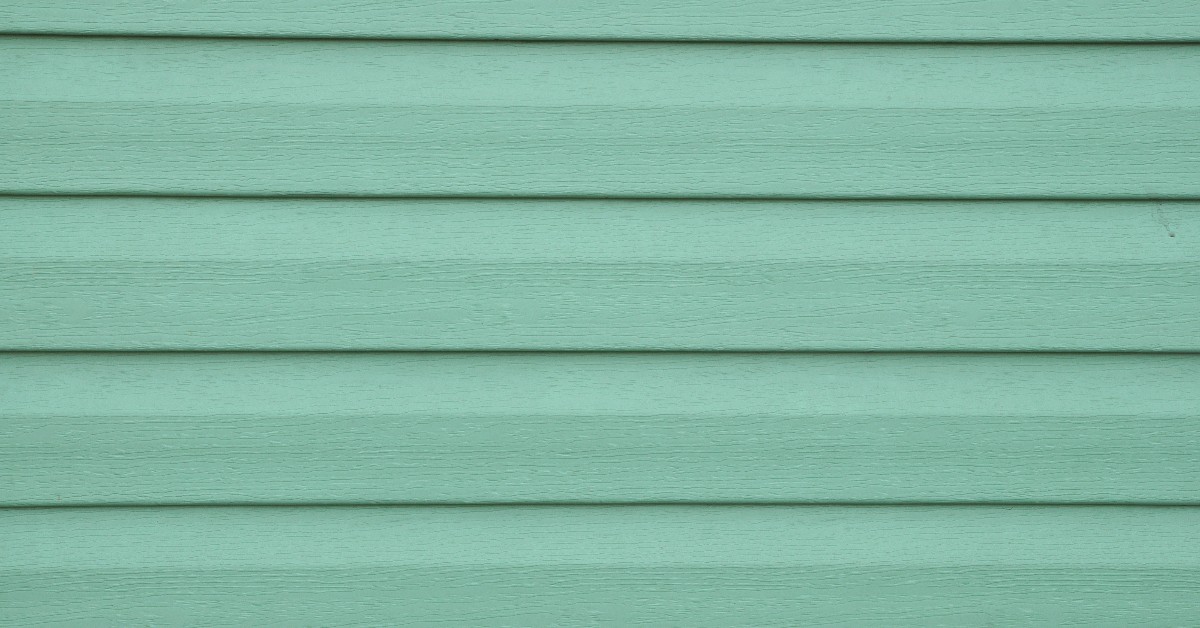

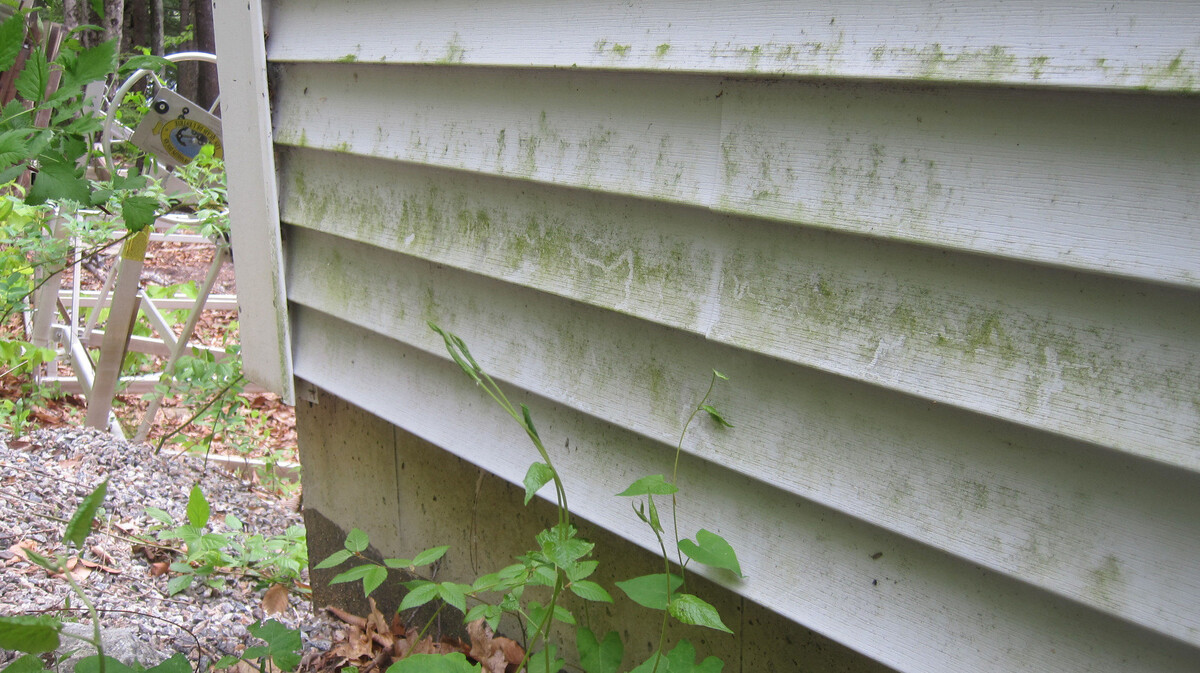
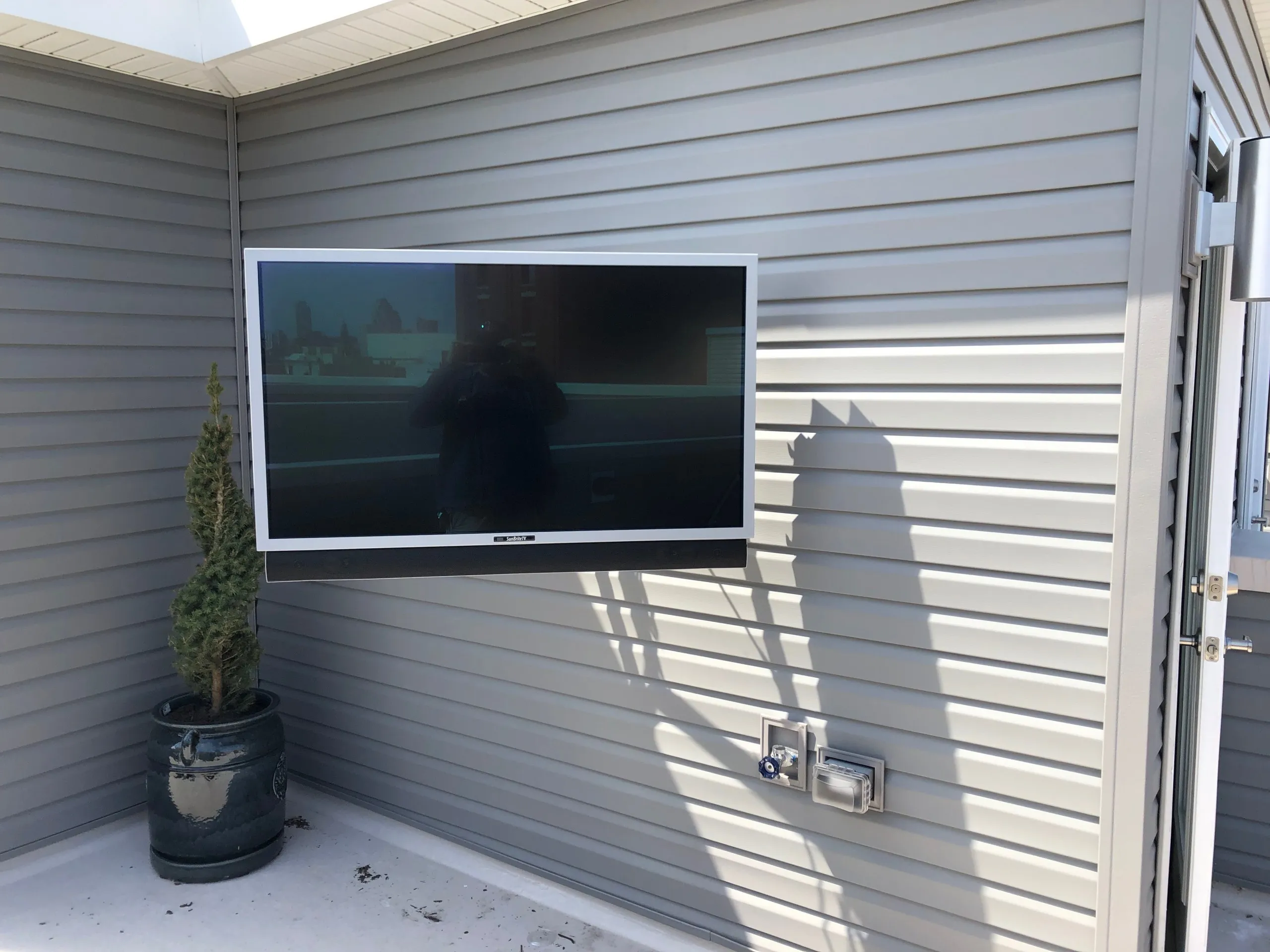

0 thoughts on “How Thick Is Vinyl Siding”